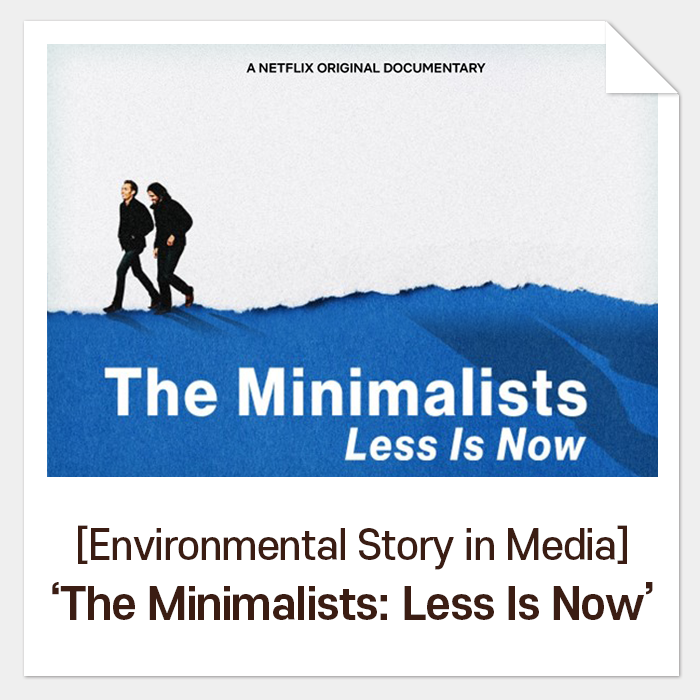Guidelines to Enhance Paper-Based Packaging Recyclability ①
As the environmental awareness has been growing rapidly in the world, ‘resource circulation’ and ‘sustainability’ have been considered as the most important values in every industrial field. In a way to cooperate with this global movement, CEPI, the Confederation of European Paper Industries, released ‘Paper-based Packaging Recyclability Guidelines’ in November, 2019. It provides every subject in a value chain with the considerations in order to enhance the recyclability of paper-based packaging.
Check Points on Each Material for Recycling
The main functions of packaging are to prevent a product or food from being lost or spoiled while delivering the information about the item. The primary food packaging especially requires to meet a variety of standards: They must not cause any harm to our health and need to be waterproof or grease resistant to hold different kinds of foods. Paper-based packaging obtains these properties by coating or laminating on base paper.However, the materials used for such treatment may hinder the packaging’s recyclability that they need to be selected and applied carefully.
Let’s find out
what needs to be considered to improve recycling rate of paper-based packaging!
1. Metal or
Plastic Laminates
- If non-paper
constituents must be used for a certain function, use the ones that are easily
separable from fibers while optimizing the amount.
- The lamination
layer should not break down into pieces easily in pulping, for it may hinder
the recycling process.
- Adhesion
between the laminated side and the board should be optimized to make the
separation easy.
- If possible, use single side-coated board instead of both
2. Alternative
Barriers or Direct Metallization
- The paper part
of the packaging should be broken down into single fibers in pulping process.
- The polymers
should be removable from fibers during screening process.
- The packaging
needs to be efficiently managed by the paper mill process and effluent water
systems.
- When recycled,
the polymers shouldn’t compromise the final product, the production process, or
the environment.
- Direct
metallization: the metal or other inorganic coatings applied by vacuum
deposition should not interrupt the repulping process and be removable by
screening.
* The above needs to be tested and verified through the recognized recycling methods at a paper mill.
3. Coatings
and Varnishes
- The impacts of
water soluble or non-water soluble coatings on recycling process and waste
water treatment should be verified by a recognized recycling test methods.
- The varnishes that break down into large particles are recommended.
4. Alternative
Fibers
- The alternatives of wood fibers must be recyclable and suitable for the mass production.
5. Inks
- Use the inks
that are mineral oil-free and contain the metallic components to a minimum. The
use of them needs to be minimized, too.
- When
manufacturing the packaging with bleached paper, consider the deinkable
printing technology.
- Food container producers need to comply with the Food Contact Guidelines for the Compliance of Paper and Board Materials and Articles and ink producers should follow EUPIA’s guidance for food contact inks.
6. Adhesives
- Optimize the
use of adhesives, especially when they are difficult to be removed in recycling
process.
- The adhesive
should be easily separated and removed in a regular recycling condition. (For
graphic paper products, adhesives with a softening point of 69℃ and thickness of 120㎛ are recommended.)
- For food packaging producers, use the adhesives that are appropriate to be in contact with food and they should follow Food Contact Guidelines for the Compliance of Paper and Board Materials and Articles. Adhesive Producers should follow FECIA’s guidance.
7. The Use of
Chemicals
- Use the
chemicals that do not tend to accumulate in fibers over several recycling
cycles.
- Substances of very high concern must be prohibited unless it is authorized for a certain use.
8. Special
Papers
- The amount of
materials used to give certain functions should be minimized.
* Special papers: the papers made with specific functions such as water resistance or greaseproof. Waxed or siliconized papers, or the ones treated with fluorochemicals are included in this category.
9. Food and
Other Residues in Packaging
- When designing
a packaging, consider giving an efficient way to empty it.
- Encourage
consumers to empty and clean the packaging before putting it in a bin.
- A tear-off solution should be provided for customers to easily separate and dispose the contaminated side and place a recyclable part in the paper recycling bin.
10. Consumer
Information
- Provide the
information of each material used for a packaging so that customers can put the
waste into the right bins.
Head for Resource
Circulation
The report is focused on the European conditions and standards. Therefore, it suggests the industries following the EPR (Extended Producer Responsibility) system or a specific protocol of each country. It is because every nation has a different system on collecting and recycling of the packaging based on their regional or economic characteristics. For instance, Europe sorts and collects paper and paper-based packaging respectively for recycling, but some countries recover them together. To enhance recycling rate of the packaging globally, relevant industries have been working on creating an international standard.
Above all, it is
the most essential for everyone such as brand owners and distributors in a
value chain to understand how important and crucial the resource circulation
is. Governments should prepare and establish practical policies and regulations
to lead the country towards sustainability through consistent communication
with the industries. Then those in the field need to follow the guidelines and
endeavor to make improvement in the materials and technology for paper-based
packaging.





Comments
Post a Comment